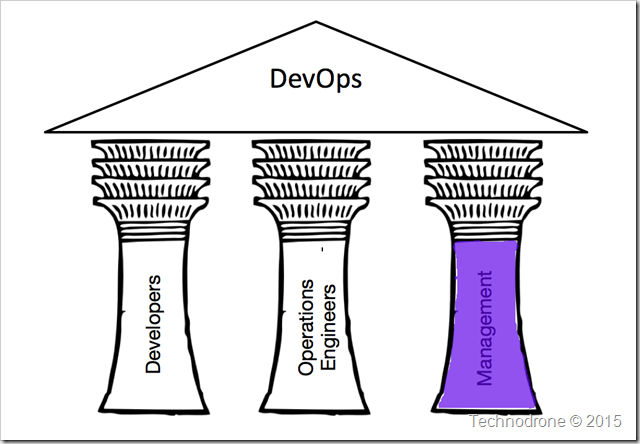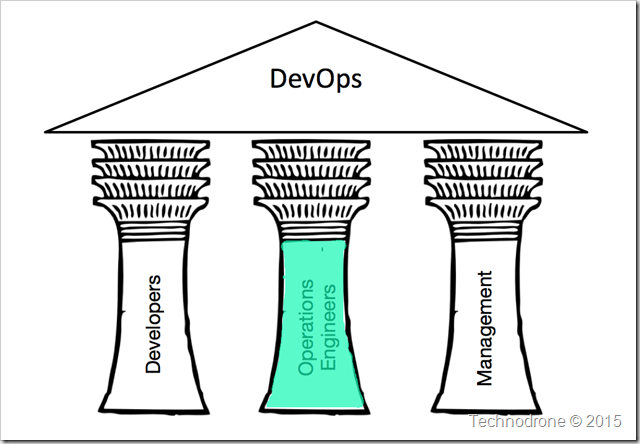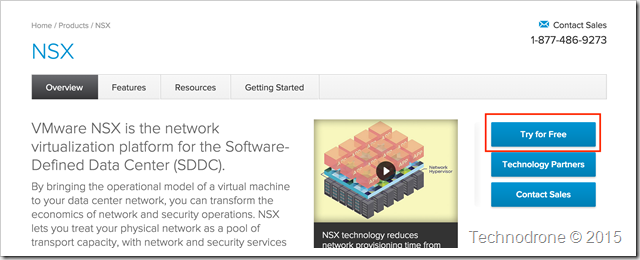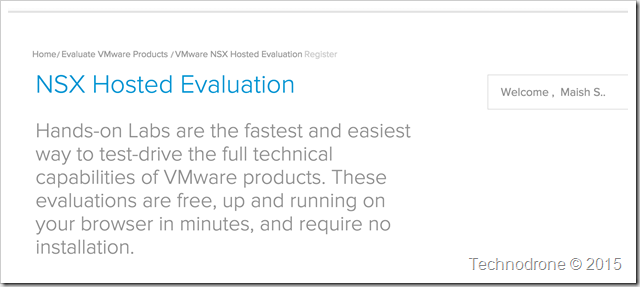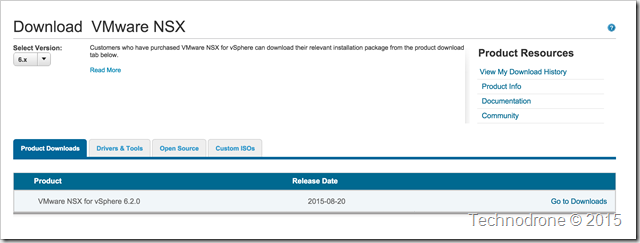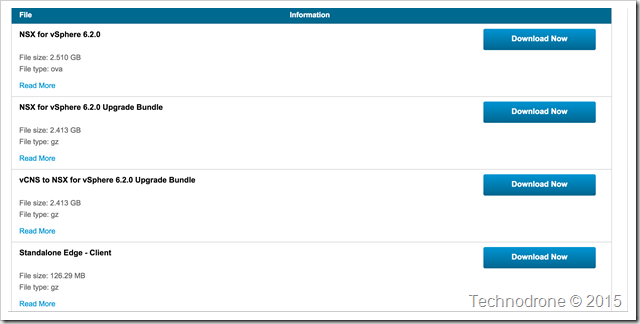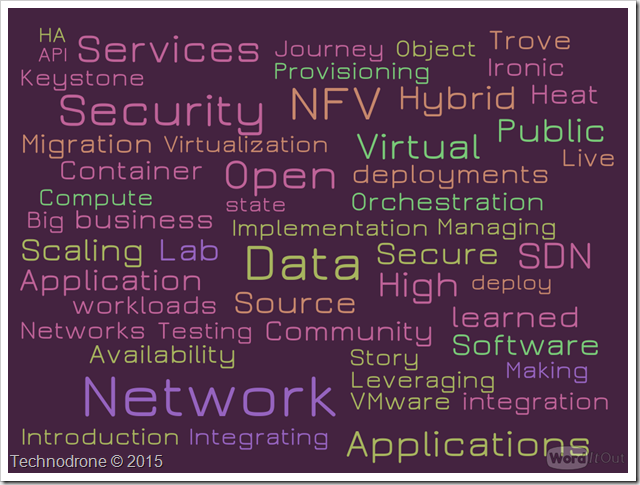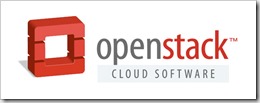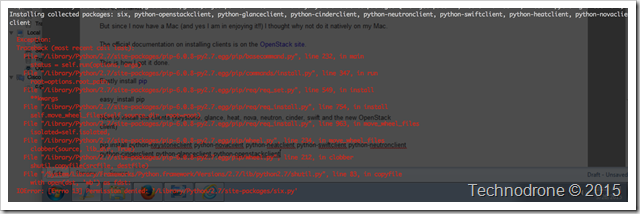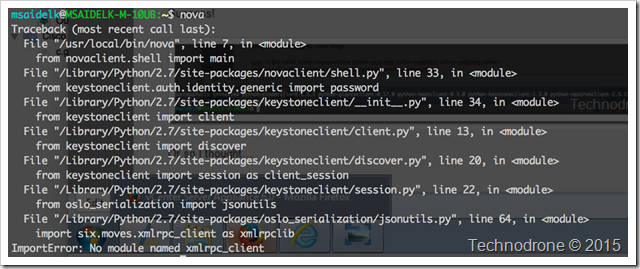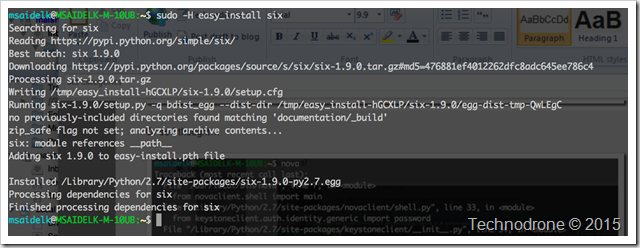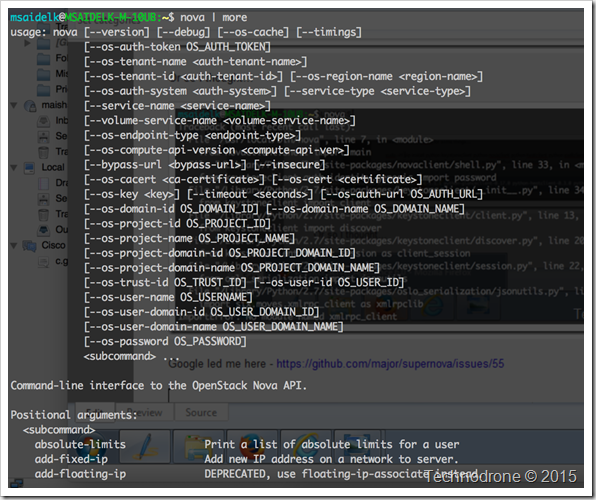A short while back I tweeted the following:
Has hell frozen over? There is actual talk about prioritizing stability over landing new features. Times are a changin' #OpenStack
— Maish Saidel-Keesing (@maishsk) November 5, 2015 This was a result of me reading the minutes of the OpenStack Technical committee from November 3rd, 2015 (full log is here)
What pleasantly surprises me is that this might finally becoming a viable option.
Let me first go into the background of my trail of thoughts.
I really enjoy working with OpenStack, but I also really hate working with OpenStack. A good old love/hate relationship.
There are amazing things about this community, the way we work, and the software we produce (just to name two).
On the other hand there are really bad things about this community, namely – the way we work, and the software we produce.
One might say that is an oxymoron (I am not calling anyone stupid though). But yes it is true. The OpenStack community produces amazing things – or at least that is until someone (let’s call them an Operator) tries to actually use this in a production environment, and then they find out until it is completely and totally, not ready, in any way for production use.
So this Operator tries to raise his concerns, why this is not useable, these are valid concerns and maybe these should be fixed. But unfortunately they have no way of actually getting this done, because – the feedback loop is completely broken. Operators have no way of getting that information back in. The community has no interest in opening up a new conduit into the developer community – because they are fixated on working in a specific way.
I must stress and honestly say, that this was the case up until approximately a year ago. Since then the OpenStack community has embarked on a number of initiatives that are making this a much easier process, and we are actually seeing some change (see the title of this post).
For me the question actually is – what sparked this change? Up until now I was under the impression that the OpenStack community (and I mean the developers) was of the opinion that they are driving the requirements and development goals, but it seems as of late – this could be shifting.
To me this is going to have a significant effect of what OpenStack is, and how it moves forward.
For better and for worse. Time will tell.
What do you all think? Please feel free to leave your thoughts and comments below.


